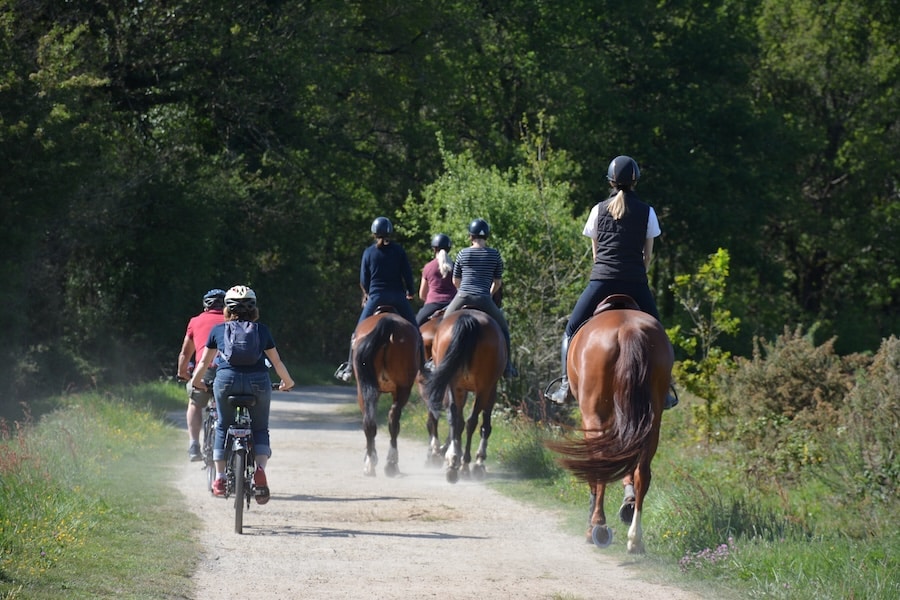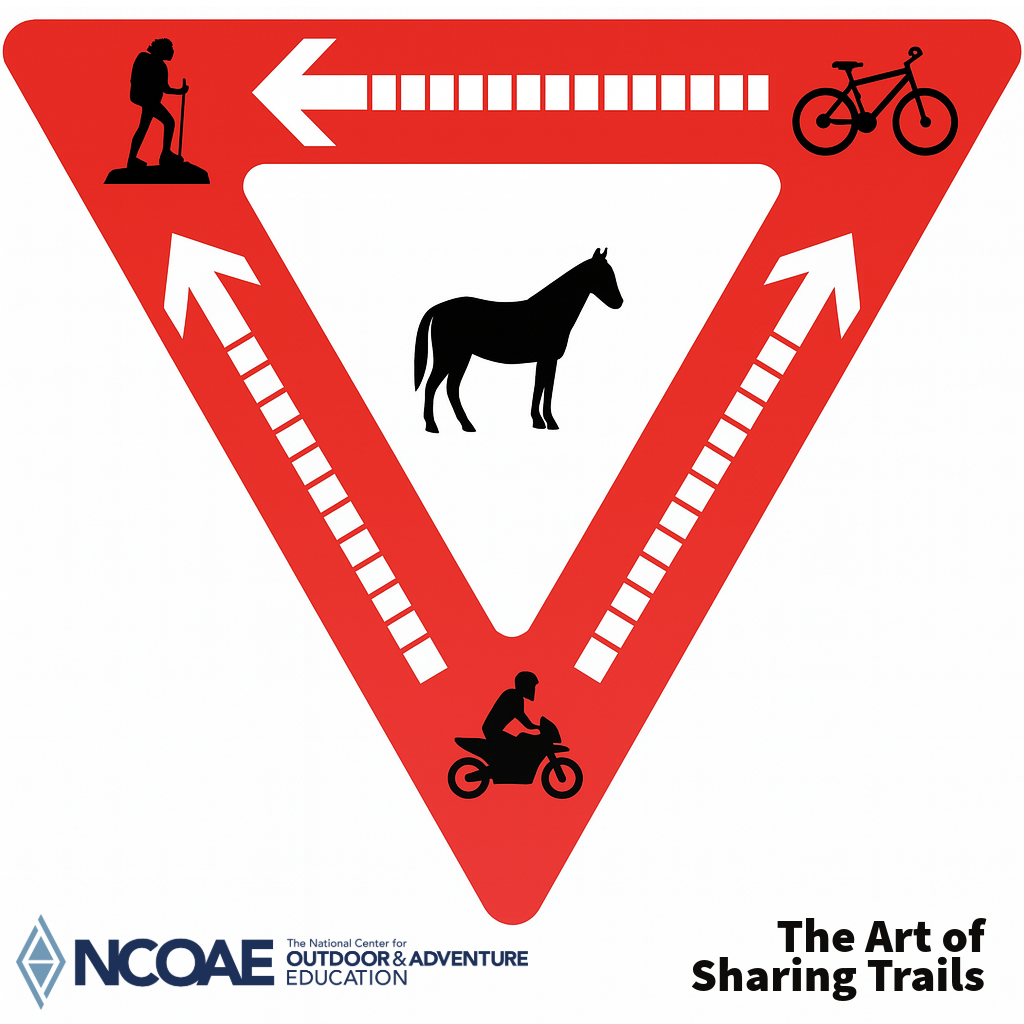The Art of Sharing Trails with Hikers, Bikes, Horses, and Dogs
Backcountry EthicsThere it is, middle fingers up, people screaming at one another, animals running amok. It’s just another day on the trails lost to behaviors that are normally reserved for Los Angeles traffic.
It doesn’t need to be this way.
So long as everyone’s aware of the rules and then follows them, hikers, bicyclists, horses, and dogs can share the trails in peaceful harmony.

All of us should have access, as well as the right, to enjoy trails designated as multi-purpose. Open access is great. And, of course, the more access we provide to people who engage in diverse outdoor activities, the more money is available to maintain and expand trails, and the more voices we have to ensure that trails remain intact.
Yes, access for many is great for everyone until it isn’t. I have witnessed abominable behaviors — physical fights, trash talking, and worse — in my time on trails. More often than not, one or all of the guilty parties were at fault, usually because they weren’t cautious, didn’t know or practice proper trail etiquette, or lacked the skills to behave with a modicum of courtesy and civility.
In this post, I bring you up to speed on the rules and best practices that can make everyone’s time on trails more enjoyable.
Follow the Sign
Whenever you’re out on a trail, you’re wise to follow the signs, and I’m not just talking about trail markers. Here’s a sign that serves as a great visual for remembering who yields to whom on multi-use trails.

Here’s what it means:
- Bicyclists yield to hikers.
- Motor vehicles yield to hikers and bicyclists.
- Everyone yields to horses.
Easy. Right?
Among the things that make sharing trails and right of ways on trails difficult is that everyone on the trails is in motion. Hikers are moving at around three miles an hour. Cyclists commonly travel at speeds ranging from 10 to 30 miles an hour. Those on e-bikes are often hustling along in excess of 40 miles an hour. And horses typically walk, trot, or canter at speeds ranging from four to 15 miles an hour. These differences in speeds can lead to potentially dangerous encounters, which, in turn, can trigger fear or frustration. Either of those emotions can quickly turn to anger.
Many trail users think of trails as being (more…)
TALK TO US
Have any further questions about our courses, what you’ll learn, or what else to expect? Contact us, we’re here to help!